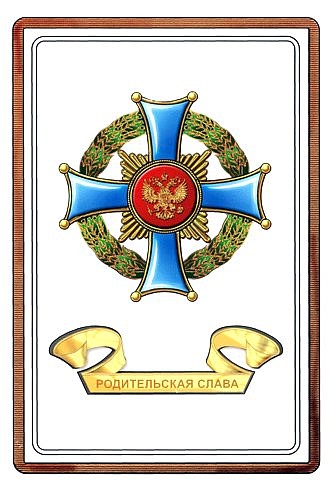
The Order will be awarded to citizens of Russia for activities that promote the institution of the family and child-rearing.
Parents and adoptive parents will receive one order and one diploma that goes with the award. Each recipient will also get a certificate and a miniature copy of the medal that can be worn.
A prize awarded for promoting child-rearing became part of Russian history in 1914, when a medal in honour of Saint Olga was established. Its heraldic framework was used for the new Russian award, the Order of Parental Glory.
There was only one instance when the Saint Olga medal of honour was awarded. In 1915 it was given to Vera Panaeva, the mother of four sons who served as army officers, three of whom were companions of the Saint George Order and fell in battles of World War I. It is indicative that the award was given to a woman who, in addition to bearing children, brought them up to be heroes.
The order’s main symbol consists of a gilded silver cross the same as the cross on the Medal of Saint Olga. At the centre of the cross is a red enamel-coated medallion with a gilded eagle – the main symbol on the Russian Coat of Arms. The cross is set against a green enamel-coated laurel wreath.
The order’s white moire ribbon is also very similar to that of the Medal of Saint Olga, with the addition of light blue stripes, the colours of which, like those of the cross, are the heraldic colour symbolizing teaching (learning and education) in Russia.